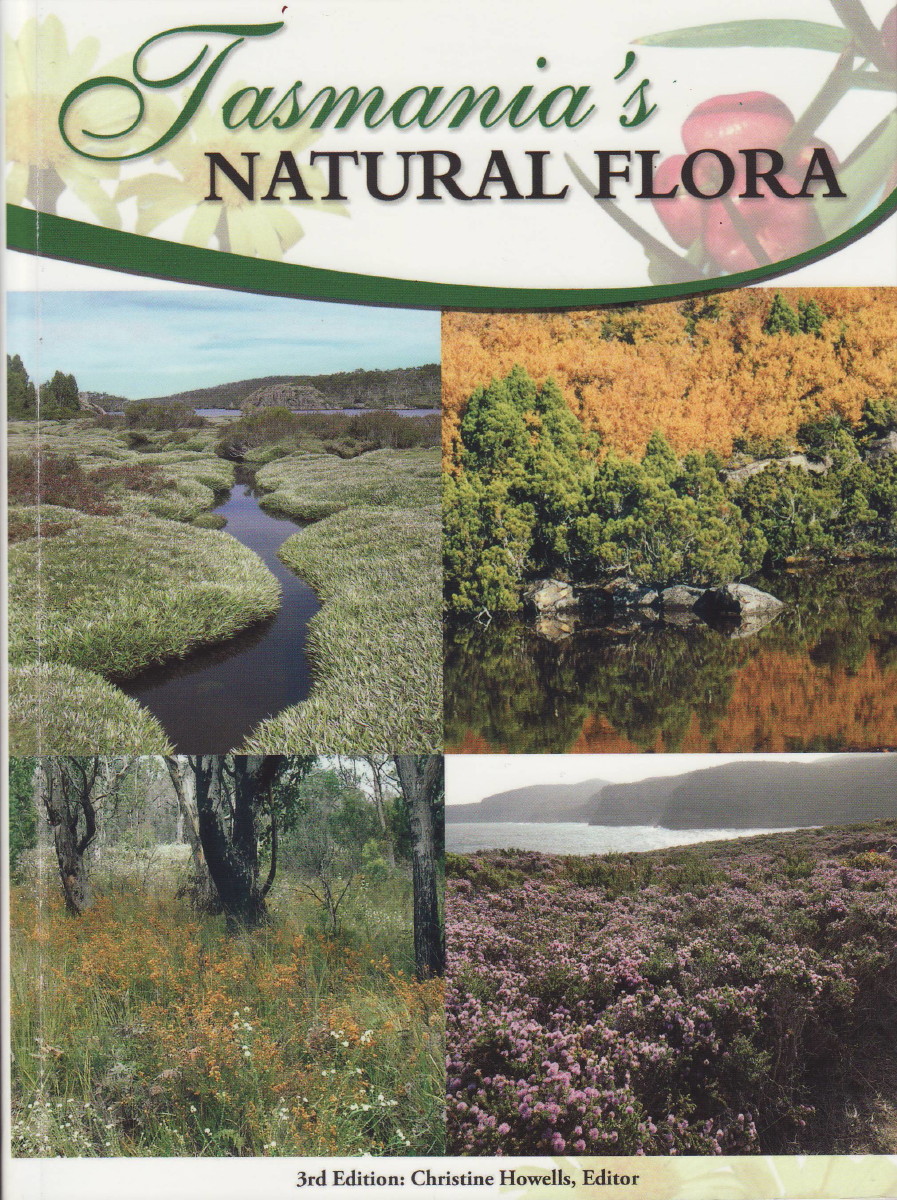About
All about Tasmanian Native Flora
Tasmania has a wonderful range of natural flora. Much of it is common to some of the other Australian states, typically South Australia, Victoria and New South Wales however Tasmania has a great number of endemic species.
These are species that have only ever been found naturally growing in Tasmania. A selection of the more common endemic, (E), species are found in the A-C to U-Z pages, other Tasmanian species are found in the Seasons pages
Spring A-C to Spring Q-Z, Summer, Autumn and Winter.
This website has been produced to show many of the Tasmanian species in a format that enables viewers to appreciate the beauty and range of the flora and to help with its identification. Where possible each species has a photograph of the flower(s), foliage, fruit, any special feature(s) and the whole plant (usually in its natural growing state), plus a map of Tasmania showing the species distribution. A detailed description of each species accompanies these photos. Left click on the photo within the species description to view all photos and their descriptors by using the scrolling arrows.
The botanical species names are listed alphabetically in the indicies, as are the common names where known.
This website has been produced to show many of the Tasmanian species in a format that enables viewers to appreciate the beauty and range of the flora and to help with its identification. Where possible each species has a photograph of the flower(s), foliage, fruit, any special feature(s) and the whole plant (usually in its natural growing state), plus a map of Tasmania showing the species distribution. A detailed description of each species accompanies these photos. Left click on the photo within the species description to view all photos and their descriptors by using the scrolling arrows.
The botanical species names are listed alphabetically in the indicies, as are the common names where known.

The species descriptions are based on those in The Student’s FLORA of TASMANIA volumes 1 to 3 and 4B, 1956 to 1994, by Winifred Curtis; FLORA of TASMANIA online, de Salas MF (Ed.) (2009+)
Flora of Tasmania Online. (Tasmanian Herbarium, Tasmanian Museum & Art Gallery: Hobart). https://flora.tmag.tas.gov.au/; and,
Tasmania’s Natural Flora, 2004, prepared and published by the editorial team of Jenny Whiting, Jill Roberts (dec.), Ricky Reeves, Frank (dec.) and Verity Tayler (dec.). The Second Edition 2012, was edited and published by the Australian Plants Society Tasmania Inc. Hobart Group. The Third Edition 2021, was edited by Christine Howells and published by the Australian Plants Society Tasmania Inc. Hobart Group. It is available in good book shops. (Click on the book’s cover to see earlier edition covers.)
Tasmania’s Natural Flora, 2004, prepared and published by the editorial team of Jenny Whiting, Jill Roberts (dec.), Ricky Reeves, Frank (dec.) and Verity Tayler (dec.). The Second Edition 2012, was edited and published by the Australian Plants Society Tasmania Inc. Hobart Group. The Third Edition 2021, was edited by Christine Howells and published by the Australian Plants Society Tasmania Inc. Hobart Group. It is available in good book shops. (Click on the book’s cover to see earlier edition covers.)
Glossary meanings are mainly based on The Language of Botany, c.1962, by C. Debenham, ‘A Publication of The Society for Growing Australian Plants’.
Hover the cursor over or touch the highlighted botanical description word to read the glossary meaning.
The distribution of each species in Tasmania is shown on a map in the photo folders. The maps show 10 km grid squares in which the species has been recorded in the Tasmanian Natural Values Atlas. All photos and images on this website are copyright by tasmanianflora.com or the person or organisation to whom the photo or image is attributed. They may only be reproduced with the permission of tasmanianflora.com.
For the lover of Tasmanian Plants, there is a special joy in finding an unknown plant, taking a photograph, noting as many details as possible. Then identifying the species and finding the species name in a reference source.
It is hoped that this website will be one such reference source.
